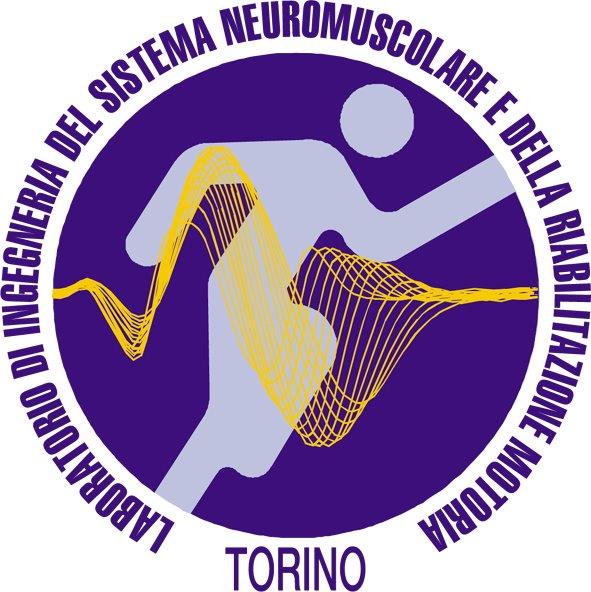R Rohlén, M Carbonaro, GL Cerone, K Meiburger, A Botter and C Grönlund
Journal of Neural Engineering
DOI: http://10.1088/1741-2552/ace6fc
-
Abstract:
Objective. Ultrafast ultrasound (UUS) imaging has been used to detect intramuscular mechanical dynamics associated with single motor units (MUs). Detecting MUs from ultrasound sequences requires decomposing a velocity field into components, each consisting of an image and a signal. These components can be associated with putative MU activity or spurious movements (noise). The differentiation between putative MUs and noise has been accomplished by comparing the signals with MU firings obtained from needle electromyography (EMG). Here, we examined whether the repeatability of the images over brief time intervals can serve as a criterion for distinguishing putative MUs from noise in low-force isometric contractions. Approach. UUS images and high-density surface EMG (HDsEMG) were recorded simultaneously from 99 MUs in the biceps brachii of five healthy subjects. The MUs identified through HDsEMG decomposition were used as a reference to assess the outcomes of the ultrasound-based components. For each contraction, velocity sequences from the same eight-second ultrasound recording were separated into consecutive two-second epochs and decomposed. To evaluate the repeatability of components’ images across epochs, we calculated the Jaccard similarity coefficient (JSC). JSC compares the similarity between two images providing values between 0 and 1. Finally, the association between the components and the MUs from HDsEMG was assessed. Main results. All the MU-matched components had JSC > 0.38, indicating they were repeatable and accounted for about one-third of the HDsEMG-detected MUs (1.8 ± 1.6 matches over 4.9 ± 1.8 MUs). The repeatable components (JSC > 0.38) represented 14% of the total components (6.5 ± 3.3 components). These findings align with our hypothesis that intra-sequence repeatability can differentiate putative MUs from noise and can be used for data reduction. Significance. This study provides the foundation for developing stand-alone methods to identify MU in UUS sequences and towards real-time imaging of MUs. These methods are relevant for studying muscle neuromechanics and designing novel neural interfaces.
Keywords:
High Density-surface EMG (HD-sEMG), Ultrafast Ultrasound (US), Biomedical engineering, Neurophysiology
Link:
Go to the paper’s web page

